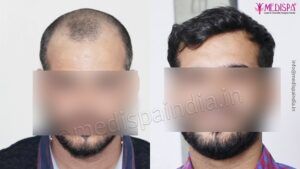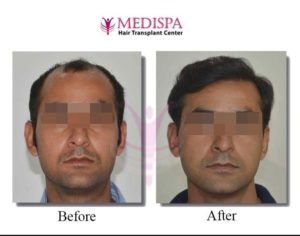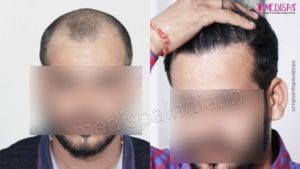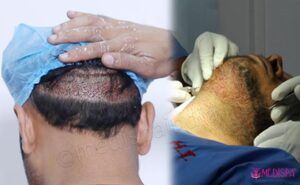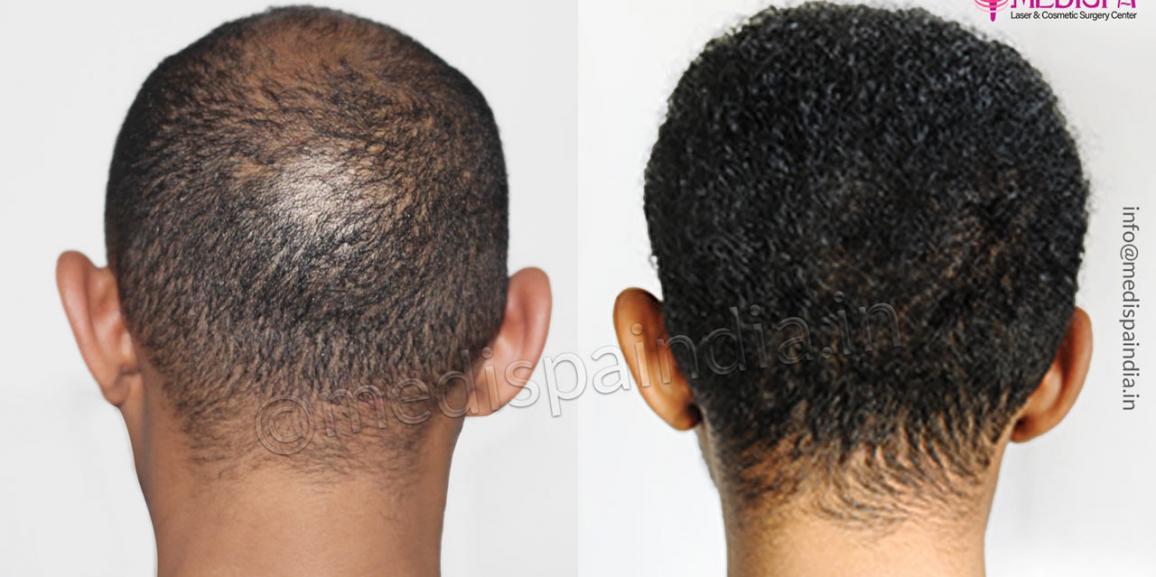
One’s life can be significantly affected psychologically by hair loss, which can cause anxiety, sorrow, and a loss of self-confidence. Numerous things can lead to hair loss, but hereditary hair loss—which can be handed down through generations—is the most common cause. Trauma, systemic illness, and hormonal imbalance are all potential reasons.
But have you given any thought to why hair loss has grown increasingly prevalent recently?
Don’t forget that our lifestyle, food choices, sleep patterns, and exposure to the environment all affect the health of our hair in general, which in turn impacts hair loss. These days, both men and women are more likely to have hair loss, as is the younger generation in their mid-20s.
In recent years, hair transplantation has emerged as the most popular method for treating baldness, but is it the best choice?
How is a hair transplant operation carried out?
A difficult cosmetic surgical procedure known as hair transplantation entails removing hair follicles from the donor region and transferring them to the bald area. The sides and back of the head, which contain permanent hair roots, are where the transplanted hair follicles are extracted from. If there is not enough hair on the back and sides of the head, it is possible to examine other areas like the chest and beard.
What are the treatment approaches for hair loss?
The following explanations of the various treatment choices listed above:
Temporary assistance: The interim solutions, such as wigs, extensions, and artificial hair, are frequently selected by those who are experiencing hair loss. These treatments can only temporarily conceal baldness; they are not a long-term solution to the problem. These treatments are exhausting solutions since they require a lot of upkeep and need to be replaced frequently. As a result, transitory aids are an inappropriate modality for long-term usage.
Drugs: The two drugs that are frequently prescribed to treat hair loss are minoxidil and finasteride. These drugs are designed to stop hair loss in its tracks and promote hair growth. Although the drugs are shown to be helpful, the effects are uncertain and might change if the drug is withdrawn. Because of the potential negative effects, these drugs should not be taken for an extended period of time.
PRP therapy: PRP therapy has been on trend for more than ten years and has gained a lot of popularity as a treatment for hair loss. This procedure aims to accelerate cellular proliferation while also increasing hair growth. PRP is a platelet concentrate that, when injected, makes more growth factors in the environment available, which promotes greater hair development. When it comes to severe baldness, this treatment option is only really useful in situations of early hair loss.
Hair transplant: A less invasive surgical procedure, hair transplant includes extracting hair grafts from the donor region and transplanting them to the bald area. The back and sides of the head, the chest, the axilla, the pubic region, and the beard area were chosen as donor locations for the procedure. Today’s method takes between 4 and 9 hours each session and produces satisfying results in a single session.
FUT and FUE hair transplant are the two most used hair transplant techniques.
The FUT hair transplant process entails taking hair grafts from the donor location, dividing them up into distinct sections, and transplanting each one into the targeted bald area. This method may be used to collect between 3000 and 3500 hair grafts, making substantial hair transplants possible.
The hair follicles used in the FUE hair transplant method are removed from the donor region using a punch instrument. The hair graft is pulled along with the device as it is put into the donor region. The recipient location is subsequently treated with these hair transplants. This method is suited for facial hair transplants and may effectively harvest 2000–2500 hair grafts.
Why is hair transplantation the most effective treatment for hair loss?
Over alternative forms of therapy, hair transplantation has a number of advantages, including:
- Hair transplants employ permanent hair roots for the transplanting, which follows the root’s natural properties, making them a permanent cure for hair loss.
- Hair transplants give outcomes that are both natural-looking and promote the most hair growth. You should carefully select a skilled hair transplant surgeon to get the most advantage from the treatment. 3. Hair transplants are completely painless and do not result in any morbidity throughout the healing process.
- There are no complications and no specific upkeep requirements with the treatment. Once the afflicted region has healed, you may treat them like your regular hair and style, trim, and color them as you choose.
Given the aforementioned advantages, it is clear that this is the finest strategy to manage your baldness and treat it permanently. The finest location for your hair transplant in Jaipur is definitely the Medispa clinic. The hair transplant cost in Jaipur is reasonable, yet we offer top-notch care at a reasonable price.

